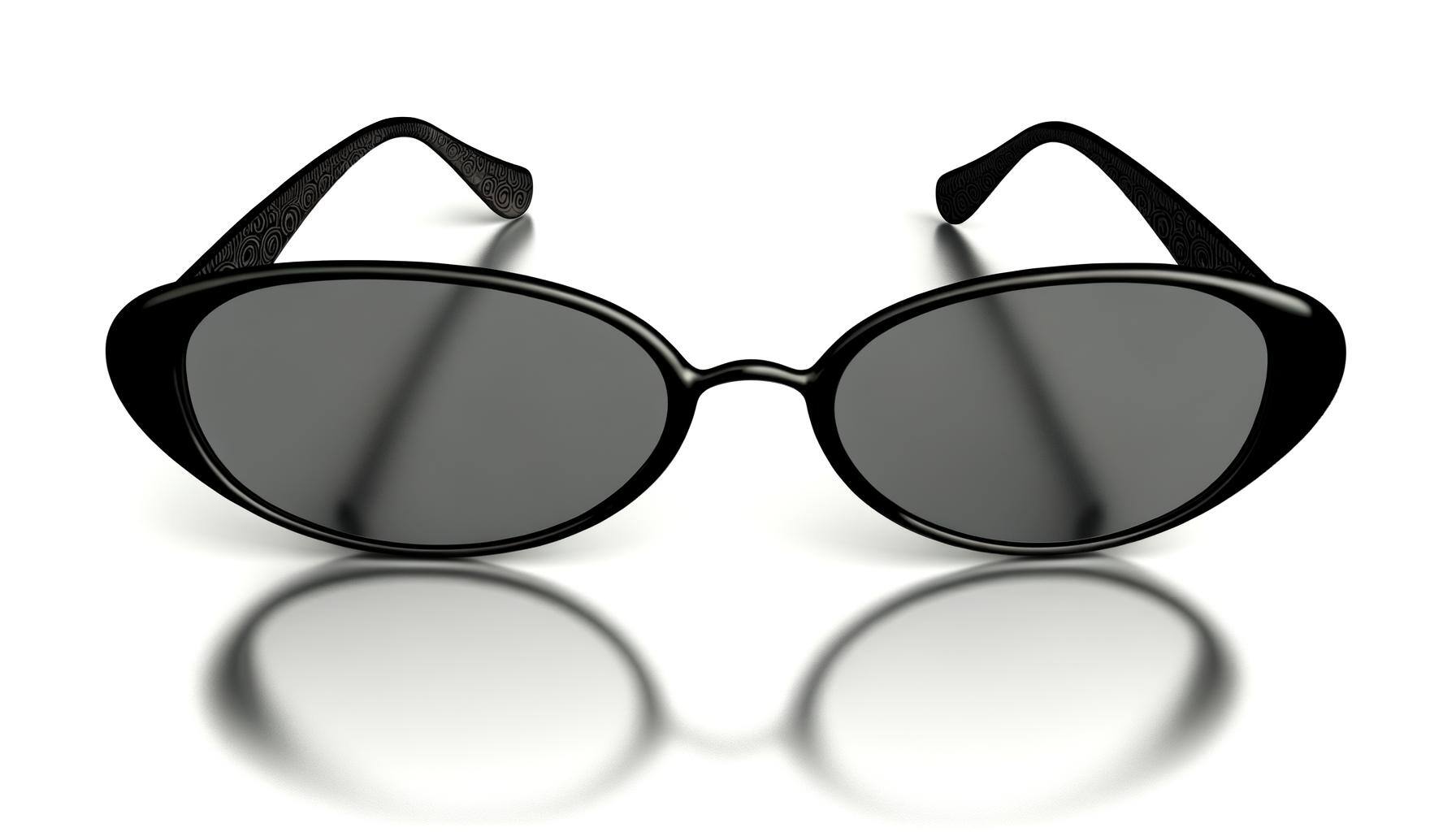Protective eyewear sold throughout the world must comply with specific standards, in this blog we’ll be looking at the EN 166:2001 standard. What are the processes and requirements of EN 166:2001 and what standards apply depending on the application.
The PPE Directive applies to sunglasses as well, even pairs sold for private use, and it can apply to prescription eyewear if that eyewear indicates protective features.
Testing methods and requirements for sunglasses (EN 1836) are very similar to those for basic filtering eyewear covered by EN 166 and EN 172. But eyewear intended for use as PPE in the workplace, generally have to comply with EN 166. In this article, we'll look at some of the requirements and associated tests EN 166 applies to protective eyewear, and why it's so important to get it right.
EN 166:2001
EN 166 specifies the minimum requirements for a range of performance tests that we will look at in detail. However, it’s important to note that NOT all of the requirements listed in EN 166 are mandatory, but one could argue that any laboratory, worth their salt, would test all the parameters regardless of what is listed in the specifications.
There are fundamental tests which must be carried out on all protective eyewear of all types, i.e. face shields, welding helmets, spectacles and goggles. And a further set of tests referred to in EN 166 particularly if the manufacturer wishes to make additional claims regarding protection. Then, there are a few optional tests which the manufacturer is free to test for or not.
1. Compulsory Optical Tests
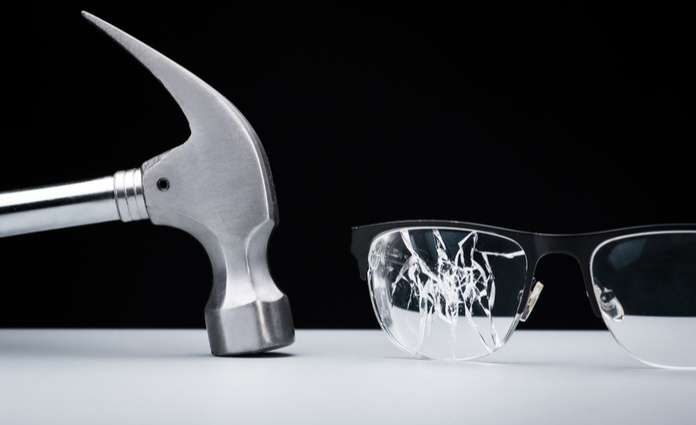
The primary tests for EN 166, considered mandatory under all circumstances:
- Field of vision,
- Resistance to ignition
- Optical transmission and diffusion tests,
- Stability to heat,
- Robustness tests,
- Resistance to ageing,
- Resistance to UV,
- Resistance to corrosion
The field of vision test is explicitly intended to ensure that nothing in the frame itself or the periphery of the oculars impedes vision.
The main purpose of the transmission, optical & diffusion, field of vision tests and resistance to UV test is to ensure that the vision of the wearer is not impeded.
Optical tests measure any propensity for the oculars to distort the view of the wearer.
Astigmatic and spherical refractive power test:
Astigmatic and spherical refractive powers are measured by viewing a target through a telescope, with the test ocular placed between the object and the lens of the telescope and the target.
The lab technician sets up the focusing of the telescope so that he/she can view the target clearly without any test ocular in place.
With the test ocular in place, adjustments are made to the telescope to firstly bring the horizontal and then vertical bars successively into focus. The change required in the focusing power of the telescope to make these adjustments is directly related to the refractive and astigmatic power of the test ocular.
Prismatic power test:
Two rays of light are set up to concentrate on a target. The test eyewear is then placed in these beams so that the beams pass through the centre of the oculars. Any deflection of the beams, either horizontal or vertical, from the original convergent point on the target, is recorded. The vertical and horizontal prismatic differences are then calculated from these measures of deflection.
As you probably discerned from the tests above the optical powers should be as neutral as possible to prove that the eyewear does not create any unintended hazards. Any tendency for eyewear to create diffusion must be minimised.
The diffusion test:
A laser beam is directed through a circular, then an annular mask, pointing towards a light detector. With the test ocular in the path of the laser at a point before the beam passes through the masks, the measurements are repeated. The level of light detected is then noted down and recorded for both masks.
The transmission test measures the percentage of incident light which the test oculars transmit to the wearer’s eyes.
There are no universal requirements for transmission tests because in certain situations clear oculars with nearly 100% transmission are required. But, some circumstances may require an overall reduction of light passing through as well as reducing the transmittance of specific wavelengths such as ultraviolet.
For clear oculars, any test device which produces an overall percentage transmission value across the complete visible spectrum will be satisfactory.
On the other hand, specific requirements for transmission for any eyewear that has any form of filtering action must comply with additional requirements, i.e. EN 170 which is intended for wearers who are exposed to ultraviolet light at work.
The requirements in standards such as EN 170 and 172 are more detailed than EN 166.
The maximum transmittance is specified for certain parts of the visible and ultraviolet spectrum. When you look at EN 170, for example, the maximum percentage transmission of light permitted in the UV-A portion of the ultraviolet spectrum varies between 10% and 0.8% depending on the primary transmittance. So for an ocular which has a luminous transmittance of 75% the maximum transmission in this range is 10%. However, the maximum transmittance in the UV-B and UV-C ranges (below 313 nm) is 0.00003%.
Although it isn’t listed as an optical test, the resistance to UV test can affect the diffusion and transmission properties. Because of this, these are re-tested after UV exposure. To meet the EN 166 requirements, there are limits to the change in the transmission and diffusion results for the test eyewear.
A further requirement for filtering eyewear is that the level of transmittance remains constant across the viewing area of the ocular.
The final test within the optical category is for assessing the quality of the materials and surface. PEL utilises a light box fitted with polarising filters through which to view the illuminated sample. Any possible defects that are likely to impair vision can be easily spotted using this equipment.
2. Compulsory Non-optical tests
Apart from exposure to UV, there are a number of mandatory non-optical tests:
- Resistance to ageing,
- Robustness tests,
- Resistance to ignition and corrosion
The minimum robustness test involves resting a static load of 10 kg mass on the ocular itself. During this process, the ocular must not sustain any damage which results in cracking through the entire thickness into one or more pieces. Or result in any fragment of 5 mg or more that becomes detached from the inside face.
Any severe deformation of the ocular is not permitted. However, this test is only applicable to cover plates or to filtering oculars.
The enhanced robustness test can be used on complete eye protectors and involves a drop ball test, where a steel ball is dropped onto the eyewear. The eyewear is placed on a mounted head form and marked with the centres of the pupils and the lateral protection points. As with the minimum robustness test, the ocular must resist substantial deformation, cracking into two or more pieces, or loss of fragments of 5 mg or higher. The frame must also resist breaking into two or more pieces or breaking so much that the oculars fall out or are no longer intact. You can read more about this in the PEL Case Study - Using Eyewear QC to Effectively Reduce Defects
Stability to high temperatures is tested by exposing the eyewear to a raised temperature. After the test, the eyewear is examined for any adverse effects or deformation.
Corrosion testing involves placing the eyewear into an extremely high salt solution and leaving it there for a set number of hours, after which the eyewear is assessed for any signs of corrosion.
Here’s where the fun starts.
The ignition test starts by heating a steel rod to around 650°C (told you) and bringing the tip of the rod in contact with the external parts of the eyewear for 10 seconds (to all the parts of the eyewear.) Any ignition of any part of the eyewear immediately disqualifies the eyewear as substandard. Also, no part of the eyewear is permitted to glow after removal of the steel rod. I don’t know about you, but I would rather wear a pair of safety glasses that have passed this test.
3. Testing for Protection against particular hazards
There are a number of required tests for protection against specific hazards such as high-speed particles or resistance to fogging.
These tests are only required if the eyewear states or claims that it offers this type of protection if it doesn’t you can assume the eyewear won’t protect against said hazards. If the eyewear meets these specific requirements then either the ocular or the frame or both, depending on the requirement, will have to carry a particular code.
Need to test your Protective Eyewear in China? Get in touch with an Expert at PEL Here
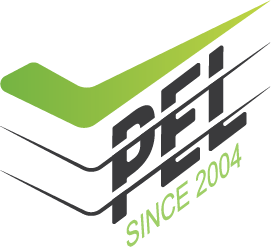


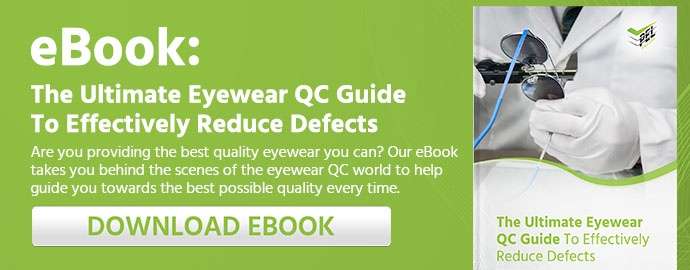
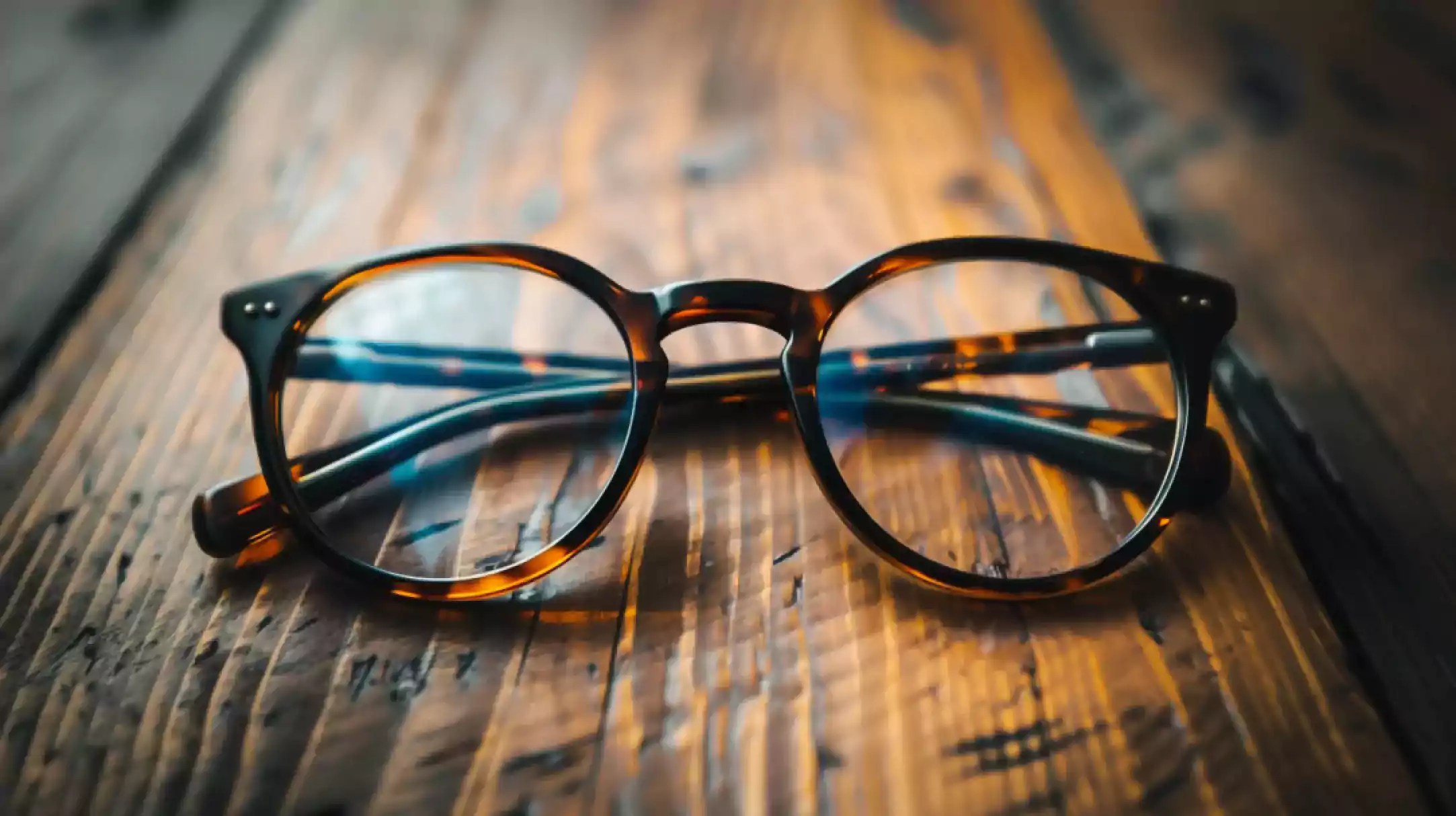
.jpg)
